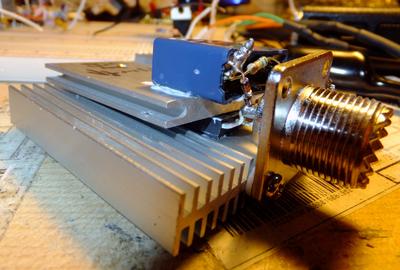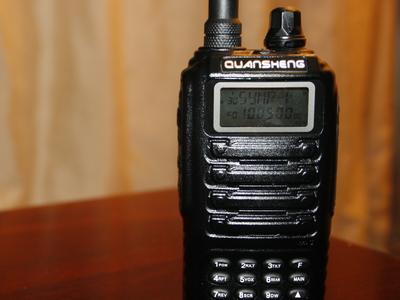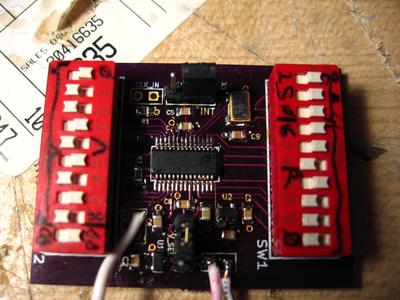I recently purchased a Motorola Radius M100 radio used on eBay, intending to use it for an APRS tracker or perhaps a digi. The radio arrived in perfect working order, making its 25W rated power across the rated band split (146-174MHz). It was a couple KHz low in frequency, but easily "warped" up to within a few Hz.
However I ran across some trouble when testing it with the local APRS frequency of 144.390MHz; the 25W rig was making nearly 45W and the software power control made no change at that frequency! After doing some research I found several articles detailing the issue with MaxTrac radios. Essentially the problem is that the power output of these radios is controlled by the microprocessor, which is given a series of tuning values during alignment that establish a power output control curve. However the tuning values only cover the band split the radio was built for, so when operating outside the normal band, the microprocessor just runs the power amp at full bore. Not healthy!


